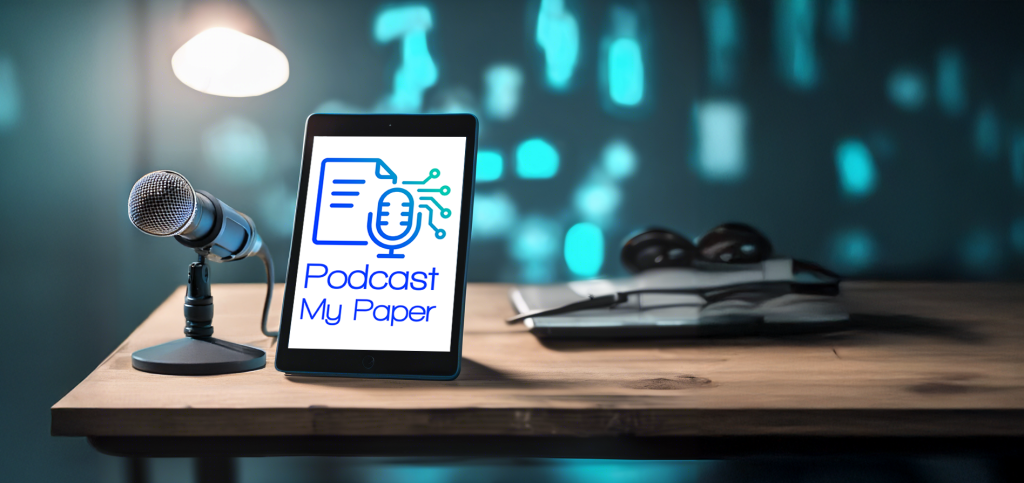
During the early months of the COVID-19 pandemic, the 3D printing community sprang into action. Makers, engineers, and researchers around the world began producing face shields, ventilator parts, and other critical PPE to help protect frontline workers when supply chains fell short.
You may have already come across my research way back at the start of the pandemic, I was madly tracking all the early 3D printing projects and sharing this publicly and through journal articles. Start here to flashback to the early COVID-19 days!
While my 2 COVID-19 papers gained citations, and one of them was used by the World Health Organization, looking back I still wonder – could I have done more to share my findings? And if I look at my full library of publications, do any of them really make a difference to the world?
That’s why I’ve decided to try something new.
What If Research Could Be Heard, Not Just Read?
I recently created a podcast version of my 3D printing research papers using a service I’ve been building called Podcast My Paper. I use AI to convert academic papers into short, clear, and professionally narrated podcasts—designed for busy people who don’t have time to dig through pages of academic writing. I also add images from research papers to create a simple slideshow-style video, perfect for sharing on YouTube and similar platforms.
Check out the result below.
In just a few minutes, it covers:
- How 3D printing labs responded to PPE shortages
- Key design challenges in printing face shields and respirators
- The long-term potential of distributed manufacturing in healthcare
Built for Researchers, Makers & Communicators
Whether you’re in a lab, a workshop, or scrolling through articles on your lunch break, it’s clear that podcasting is becoming one of the most powerful ways to share ideas—especially technical ones.
But starting a podcast is a lot of work, and requires an engaging personality with energy to produce regular content. That’s why I created Podcast My Paper—to make it simple for researchers (or maker-minded academics like me) to share their work as audio, without needing microphones, editing software, or podcasting experience.
It’s as simple as:
- Upload 1-3 papers or a thesis to Podcast My Paper
- Choose the accent of your podcasters (Aussie, UK, USA)
- Add any specific requirements
- Sit back and we’ll deliver an audio podcast to your email within 24 hours, or a video in 48 hours.
Why This Matters for 3D Printing Research
The 3D printing community thrives on open source sharing, real-time iteration, and public engagement. But our research often stays locked away behind paywalls, or in formats that non-specialists won’t ever read.
Podcasting offers a new path—one that aligns with the open, collaborative spirit of 3D printing. Whether your paper is about material science, biomedical applications, or parametric design, imagine someone being able to listen to it while driving to the lab or working on their next print.
That’s the future I’m working toward.
Want to Hear What Your Research Sounds Like?
If you’re a researcher in 3D printing (or any other field), check out more demo podcasts and testimonials on my new website: www.podcastmypaper.com
I’m keen to hear your feedback or if you are using other AI tools to podcast research papers.
– Posted by James Novak


Recent Comments